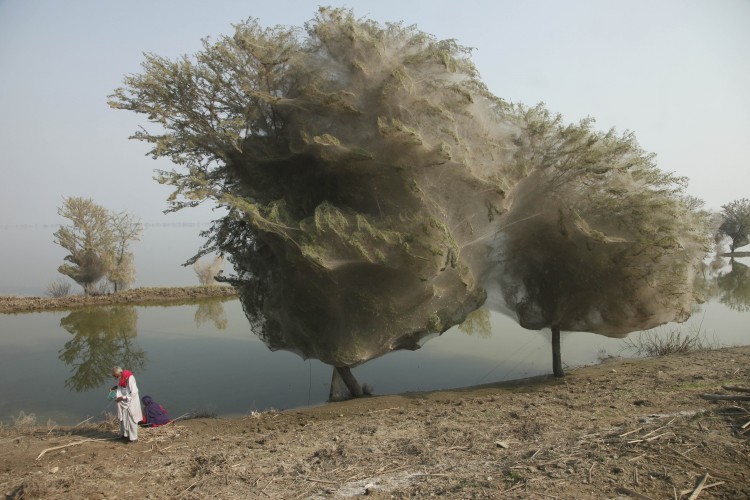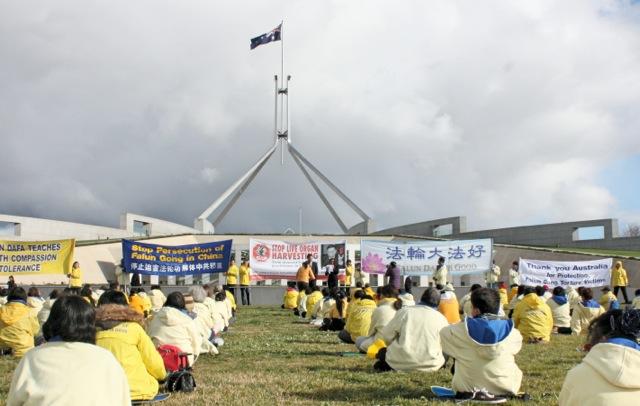Australian Town Cocooned by Spider Webs
Millions of spiders have woven blankets of silky webs across the fields just outside of Wagga Wagga, the largest inland city in the state of New South Wales.

Trees cocooned in spiders webs in Sindh, Pakistan in December 2010. Russell Watkins/Department for International Development
|Updated:




